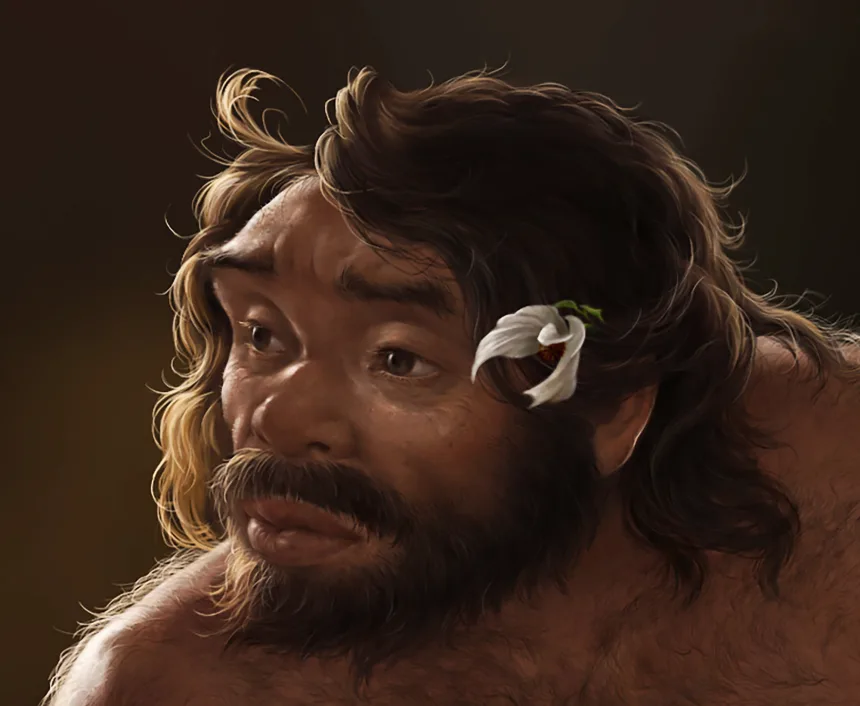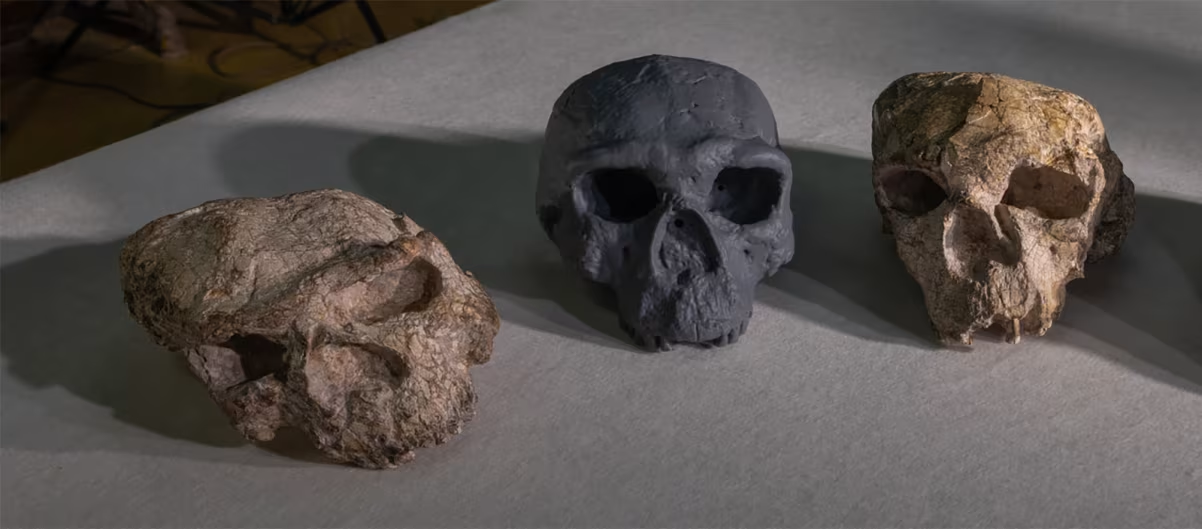Dragon Man, Denisovans, and the New Evolutionary Revelation
Dragon Man’s legacy just got more complex—and compelling.
In a groundbreaking reanalysis, a fossil skull once dismissed as Homo erectus is now being hailed as a member of the Homo longi lineage—closely tied to the mysterious Denisovans. This shift could push back the divergence between modern humans, Neanderthals, and Denisovans by hundreds of thousands of years.

A Closer Look: The Yunxian 2 Skull and Digital Resurrection
Discovered in China’s central province of Hubei in 1990, the fossil known as Yunxian 2 had languished under debate due to its poor preservation and distorted form. For decades, it was broadly classified as Homo erectus—a default label given its antiquity and general morphology.
But recent advances in CT scanning, 3D surface imaging, and computational reconstruction have allowed scientists to virtually “undistort” the skull, restoring much of the original anatomy. The reconstruction revealed a mosaic of traits—some primitive (reminiscent of erectus) and others more derived—better aligning Yunxian 2 with the Homo longi / Denisovan lineage.
Because the specimen is dated at roughly 940,000 to 1.1 million years old, the implications are profound: if Yunxian 2 belongs to the Homo longi branch, then the divergence between our lineage and Denisovans could have occurred far earlier than previously believed.

Importantly, this is not the only fossil connected to Homo longi. The Harbin “Dragon Man” skull—discovered decades ago but only recently attributed to Homo longi—has been a cornerstone in the argument that Denisovans may have had a long and underappreciated presence across East Asia.
Rewriting the Timeline: Divergence 400,000 Years Earlier?
Traditional genetic and fossil models have placed the split between Homo sapiens and Neanderthals/Denisovans around 500,000 to 700,000 years ago.
In contrast, the new phylogenetic analysis posits a timeline of:
- Homo longi / Denisovan clade diverging ~1.2 million years ago
- Homo sapiens clade diverged ~1.02 million years ago
That would push back our own origins by roughly 400,000 years relative to many prevailing models.
This timeline also suggests a far more compressed “burst” of diversification during the Middle Pleistocene, with multiple human branches diverging rapidly in a relatively narrow window of time.
In this reinterpretation, Homo longi/Denisovans are placed as a sister clade to Homo sapiens, together more closely related to each other than either is to Neanderthals.
Such a shift challenges long-held assumptions about where humanity’s deeper roots lie—and whether Africa was the sole cradle of Homo sapiens.
Rival Views, Skepticism & Scientific Caution
As with any major overturning of scientific consensus, these findings are generating enthusiasm—and pushback.
Genetic vs. Morphology
Critics point out that morphological (shape-based) analysis can only go so far—without genetic or proteomic data, assignment of fossils remains provisional.
Some prominent scientists, including Nobel laureate Svante Pääbo, caution that molecular evidence has strongly supported more recent divergence estimates and interbreeding patterns inconsistent with an early 1-million-year split.
The “Muddle in the Middle”
One of the persistent challenges in paleoanthropology is the “muddle in the middle” — the confusion in the fossil record between ~1 million and ~300,000 years ago, when many human-like species crop up and overlap. These new findings aim to bring order to that chaos.
Yet fossil discoveries are sparse, uneven geographically, and often fragmentary. As a result, any reinterpretation must be taken cautiously—new finds could easily rearrange the branches.
Dating Uncertainty
The dating of Yunxian 2 is derived from magnetostratigraphy (magnetic reversal layers) and associated fauna, which come with error margins.
Furthermore, reconstructing a badly crushed fossil inevitably involves assumptions—and small errors can shift phylogenetic interpretations substantially.
Broader Implications for Human Origins
Should the new model gain consensus, its implications ripple across multiple domains:
Rethinking the Out-of-Africa Paradigm
For decades, the dominant narrative has held that Homo sapiens evolved in Africa before dispersing outward. If Homo sapiens’ roots are deeper and perhaps more cosmopolitan, Asia may play a far greater role in our origin story.
Revealing Denisovans’ Reach
The connection of Yunxian 2 to Denisovan-related lineages suggests that Denisovans—or their ancestors—were not fringe populations, but major players in human diversification across Eurasia. Live Science
Accelerated Human Speciation
A compressed timeline for human speciation implies that environmental pressures, migration, and isolation may have driven rapid divergence among hominin populations—producing multiple lineages in parallel. Phys.org
The Search Continues
To resolve lingering uncertainty, scientists will look for additional fossils, especially in underexplored parts of Asia and Africa. Equally crucial will be attempts to recover ancient biomolecules (DNA or proteins) from these fossils—a tall order, but already achieved in other Denisovan material. The Washington Post
Conclusion: A New Chapter in Our Ancestry
The virtual resurrection of the Yunxian 2 skull has ignited a reevaluation of humanity’s deeper past. If the authors’ interpretation holds, we may need to push back the divergence of Homo sapiens and our archaic cousins by hundreds of thousands of years and reframe the role of Asia in our evolutionary saga.
Skepticism remains—especially in reconciling morphology-driven phylogeny with molecular evidence—but the study provides bold new hypotheses and breathing room for alternative models. In a field where each fossil can shift the tree, the key will be to test this model further with more specimens and, if possible, molecular data.
Subscribe to trusted news sites like USnewsSphere.com for continuous updates.





